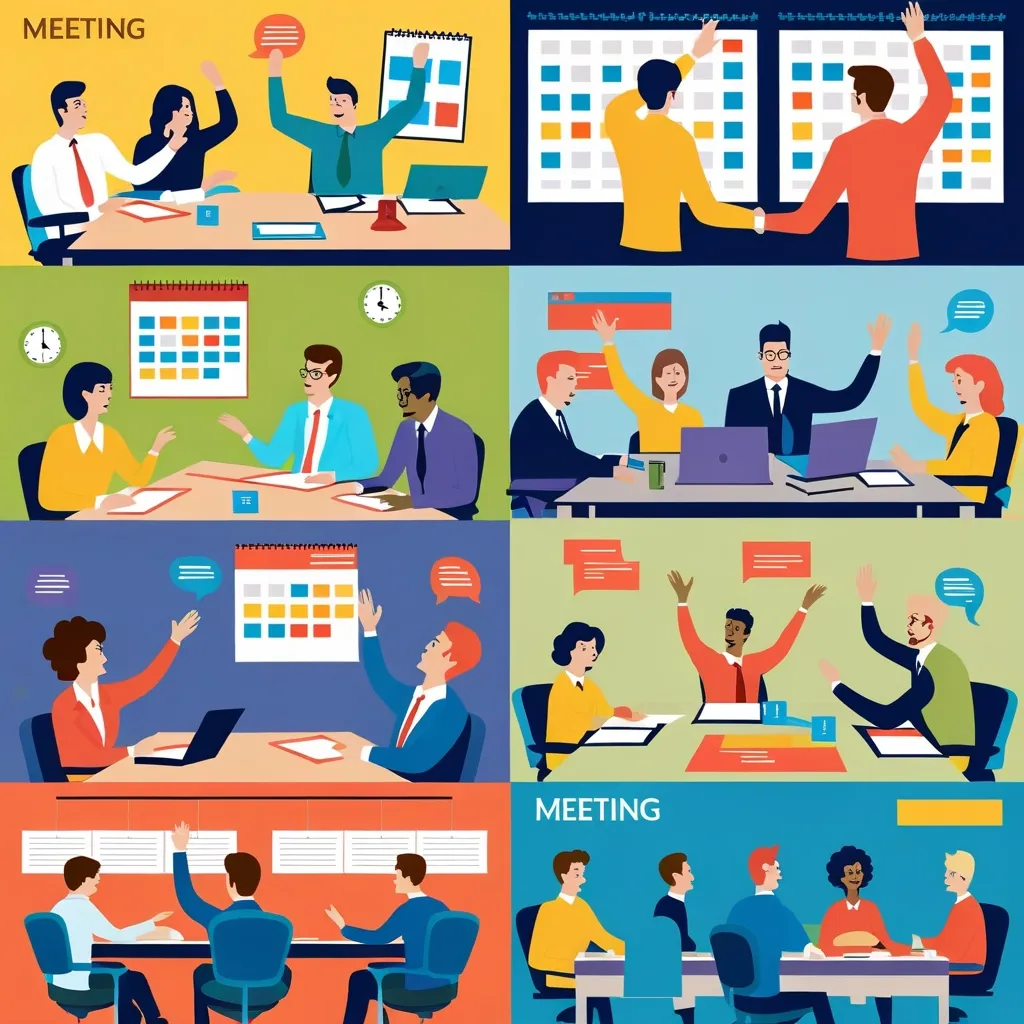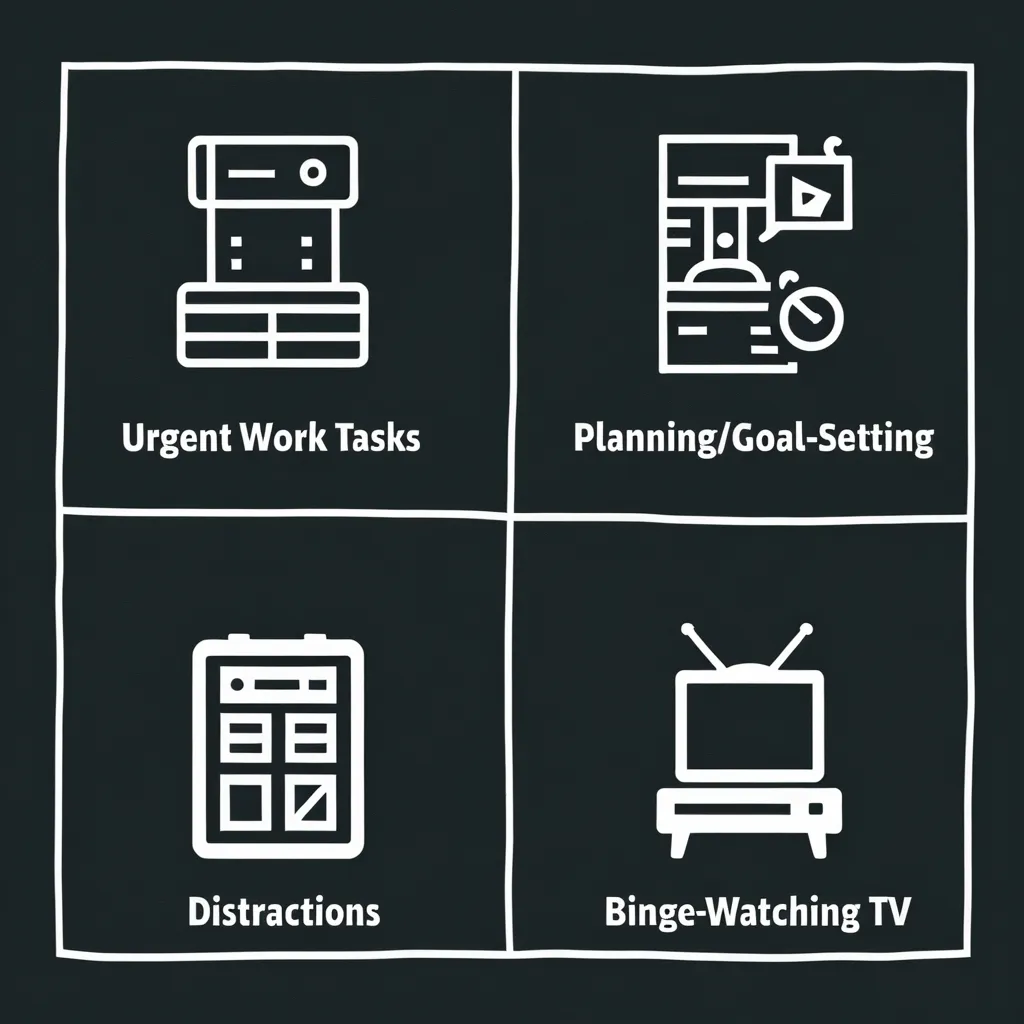Meetings. Love them or hate them, they are a staple of professional life. Yet, they can quickly spiral into unproductive time sinks if not managed well. The secret sauce to keeping meetings efficient? An agenda that’s not only well-prepared but also well-executed. Here’s the lowdown on how to craft that perfect meeting agenda.
Define the Meeting’s Objective
First off, you’ve got to know your goal. What’s this meeting supposed to achieve? For instance, say you want to finalize the budget for the next quarter. Let everyone know upfront, so they can bring the necessary data and insights. The more specific you are, the better prepared everyone will be, keeping the meeting laser-focused.
Involve Participants in the Agenda
Next, include all relevant voices. Ask attendees what they want to discuss. This way, the agenda isn’t just your perspective but a collective one. Everyone gets a chance to have their concerns addressed, making the meeting more well-rounded and comprehensive.
Structure the Agenda
Now, break it down. Your agenda should have the basics—date, time, location, and who’s attending. Then dive into the meat: each topic, who will present it, and how long it should take. Make sure each item has a desired outcome, priority level, and time allocation. Imagine you’re discussing project updates:
- Item: Project Updates
- Desired Outcome: Share information on project progress
- Priority: High
- Time: 50 minutes
- Who: Jack
- How: Go-around discussion
This gives everyone a clear heads-up about what to expect and how they can prepare.
Prioritize Agenda Items
Tackle the big stuff first. Prioritize your agenda items so that essential issues are addressed up front. This way, even if you run out of time, you’ve at least covered the critical points.
Allocate Time Wisely
Don’t let the meeting drag. Estimate the time needed for each topic but throw in a few extra minutes as a buffer. If you think project updates will take 50 minutes, add another 5-10 for unexpected discussions or questions.
Use Action-Oriented Language
Make it clear what needs to be accomplished. Instead of vague terms like “Remote Work,” phrase it as, “Under what conditions should we consider remote work?” Clear action verbs can catalyze productive discussion and ensure that the right people are in the room.
Prepare Participants
Make sure everyone’s on the same page beforehand. Share the agenda and any relevant reading materials in advance. This allows participants to come with their homework done, ready to dive into meaningful discussions.
Flexibility and Preparation
Plan meticulously, but be adaptable. A good facilitator will always check for last-minute agenda items that might need to be addressed. Preparation is crucial, but so is reacting to what’s happening in real-time.
Encourage Participation
Meeting participation isn’t just a nice-to-have; it’s essential. Assign a facilitator to each agenda item to keep things on track. Use techniques like go-around discussions and brainstorming sessions to make sure everyone’s voice is heard and the meeting stays lively.
Record Next Steps
Don’t just finish the meeting and call it a day. Wrap up with a review session where you list action items, deadlines, and who’s responsible for each task. This helps convert meeting talk into actionable steps that drive progress.
Benefits of an Effective Agenda
Now, let’s talk about why this matters. A well-crafted agenda keeps everyone accountable. It outlines who is responsible for what and when it should be done. It fosters better decision-making by promoting structured dialogue and giving everyone an opportunity to contribute. It keeps things organized and efficient, ensures thorough topic coverage, and enhances preparation by letting everyone know what’s coming up.
Avoid Unnecessary Meetings
Lastly, not every conversation needs a meeting. If you notice that all your agenda points could be handled through emails, save everyone some time and cancel the meeting. However, if a meeting is necessary, an agenda will keep it productive and focused.
In a nutshell, a well-structured meeting agenda is the backbone of an efficient and productive meeting. By nailing down clear objectives, involving participants, structuring thoughtfully, prioritizing items, allocating time wisely, and fostering participation, meetings can be transformed from dreaded time-wasters into invaluable team exercises. This approach not only saves time but ramps up productivity and team satisfaction. Meetings done right are meetings that work.






